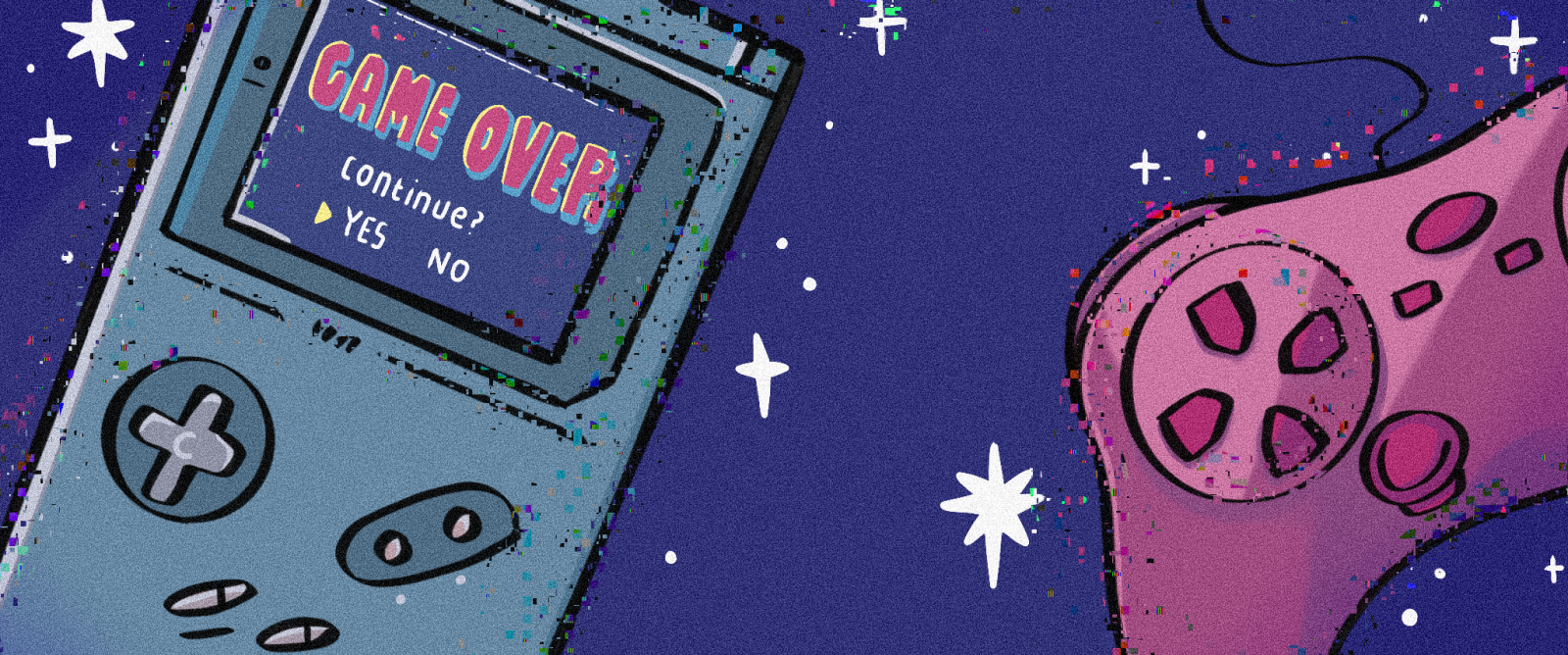You have all seen it, heard it, maybe even thought it: games are sedentary activities and gamers would rather forget to save before a boss fight than move an inch from the sofa (unless it’s for junk, greasy food, of course). Jokes aside, the stereotype of both games and its players as the opposite of what “healthy” looks like is quite pervasive in society. However, it is just that: a stereotype. Games are, indeed, a different kind of activity, one that is mostly done on the couch or your overpriced gaming chair (guilty as charged). However, the quasi-infinite realm of possibilities opened by the affordances of both digital games have, of course, also catered for health and fitness needs of its community, in an attempt to fight the stereotype and increase profit through the selling of not only software, but also fitness-oriented hardware, such as the Wii Balance Board and the PS Move.
I vividly remember the day I bought my Dance Dance Revolution mat to go play DDR and it’s glorious Disney version. I was 15-16 years old, and it was a fairly common sight in the house to see me sweating while wearing socks (otherwise it would get too slippery) and dancing to the techno version of Supercalifragilisticexpialidocious. I developed a sort of passion for dancing games, despite being terrible at them (and dancing in general), which led me to also spend too much money on the arcades of DDR and Pump-it-Up. Fast forward to a few years later and Microsoft releases Kinect. The hidden dancer in me was excited when he first saw the trailer for Dance Central. He was also very happy that a video of himself dancing Britney’s “Toxic” with his ex-brother-in-law has been lost forever – it was an abominable sight to behold, although we got a perfect score 😉.
Now that we are, and I hate saying it for the 100th time, “in a time of pandemic crisis”, using games to exercise is a great alternative when gyms are closed and going out for a walk can be somewhat risky. We have already gamified a lot of our health habits with a ton of health-tracking apps and gadgets that set goals, give us XP points, and keep reminding us that we can do better and reach the next level. But those are not fun (although it is cute when my cheap smartwatch sends me a message celebrating my 10k steps that day) and likely won’t engage you in the long term. So, to help you out with what seems an endless crisis – the “I’ll start exercising next Monday” crisis, mind you – these are my top three suggestions for gaming practices that can make your body move and your heart rate go up:
1) Just Dance/Dance Central (All consoles)
Dancing Games will always be special to me. They’ll never make me brave enough to show my moves on the dance floor, but they definitely can make serotonin go up and calories go down really quick!
2) Pokemon GO (iOS/Android)
An alternative for those that prefer the outer wilds, Pokemon Go is still the best mobile experience that can help you keep track of your steps while aiming to be the very best that no one ever was (Ash Ketchum, poor lad, won just one proper tournament so far – but hey, look how young he still looks, so all that walking has to help somehow!)
3) Ring Fit Adventure (Nintendo Switch)
Nintendo, the company that excels in fun games and overpriced accessories and exclusive controllers has released one more pandemic success aside from Animal Crossing. Ring Fit is a fitness game that also has a great RPG story and innovative mechanics, a mix never seen in this type of game. Sure, you do have to buy the Ring Fit accessory with it, but still cheaper than the gym I suppose!
Author: Dr. Leandro Borges Lima
Editor: Gwendolyne Cheung
Illustrator: Roos de Waard

